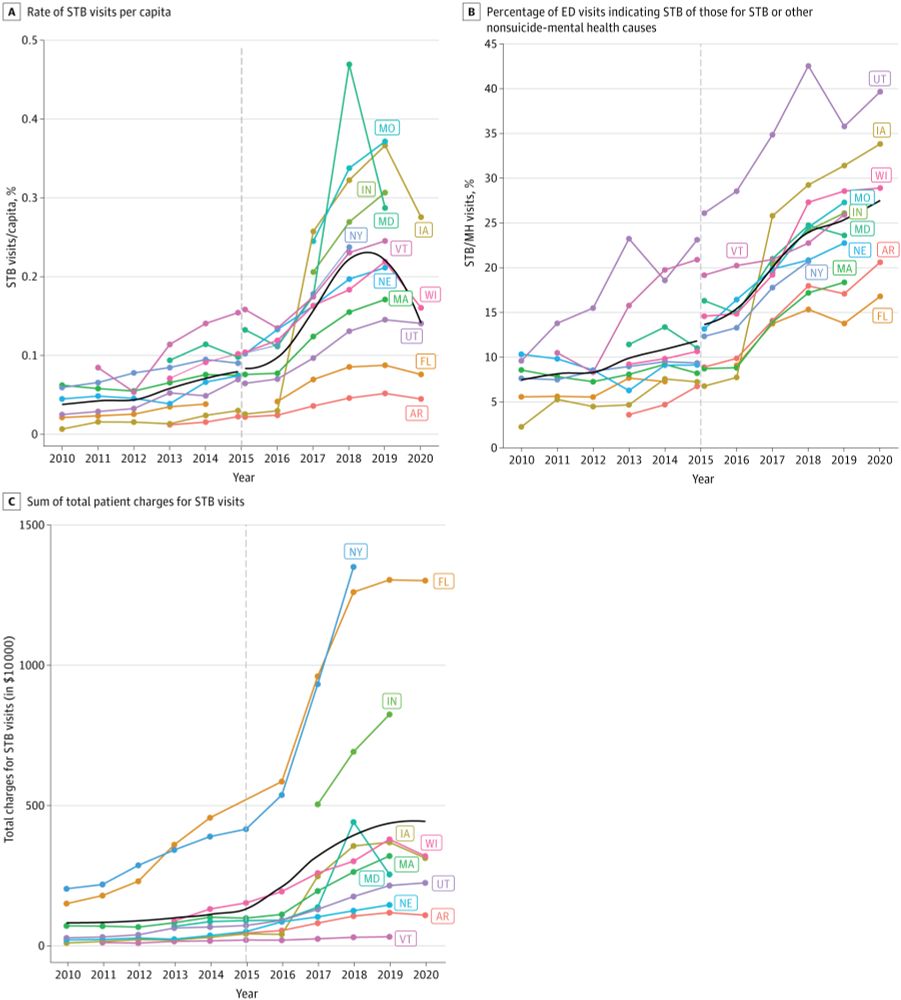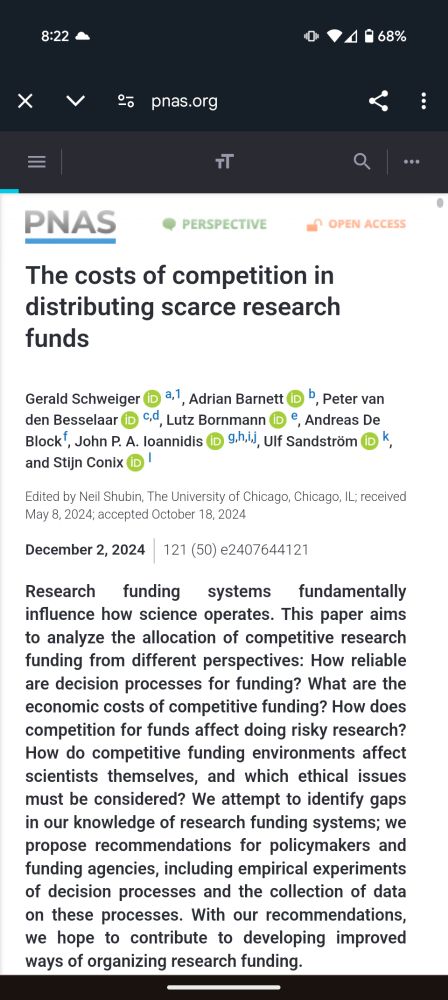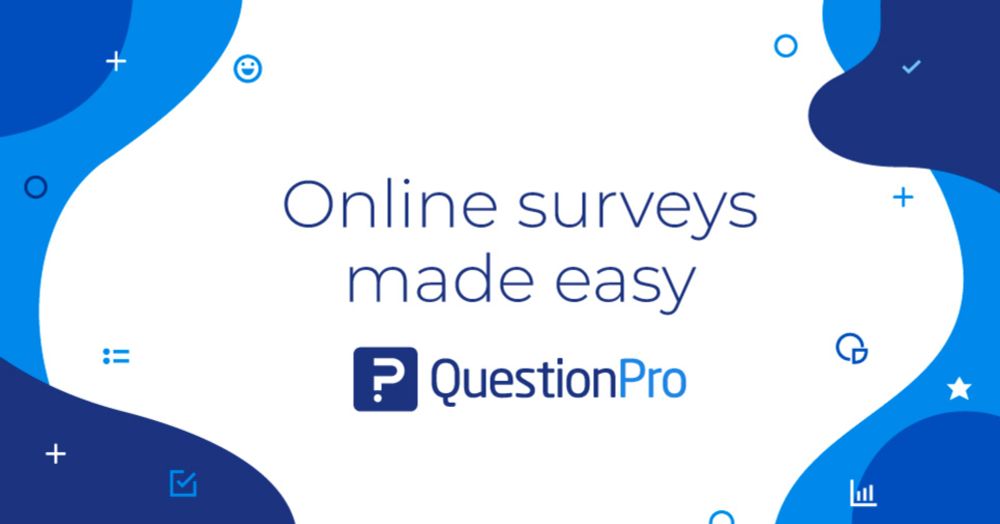David Pagliaccio
@dpagliaccio.bsky.social
690 followers
360 following
35 posts
Research Scientist at NYSPI/Columbia psychiatry 🧠🗽🌈 neuroscience of emotion-related disorders in youth- #rstats package:scipub @queerpsychneuro slack mod. He/him
Posts
Media
Videos
Starter Packs
David Pagliaccio
@dpagliaccio.bsky.social
· Jul 28
David Pagliaccio
@dpagliaccio.bsky.social
· Jul 28
David Pagliaccio
@dpagliaccio.bsky.social
· Jul 28
David Pagliaccio
@dpagliaccio.bsky.social
· Jul 28
David Pagliaccio
@dpagliaccio.bsky.social
· Jul 28
David Pagliaccio
@dpagliaccio.bsky.social
· Jul 28

Childhood Suicide Risk in the Emergency Department
This cohort study examines electronic health records from children presenting to the emergency department (ED) for suicide thoughts and behaviors to identify risks of return ED visits.
jamanetwork.com
David Pagliaccio
@dpagliaccio.bsky.social
· Feb 25
David Pagliaccio
@dpagliaccio.bsky.social
· Feb 25
Reposted by David Pagliaccio
Reposted by David Pagliaccio
Reposted by David Pagliaccio
Reposted by David Pagliaccio
Osiris Rankin
@osirisrankin.bsky.social
· Nov 25






